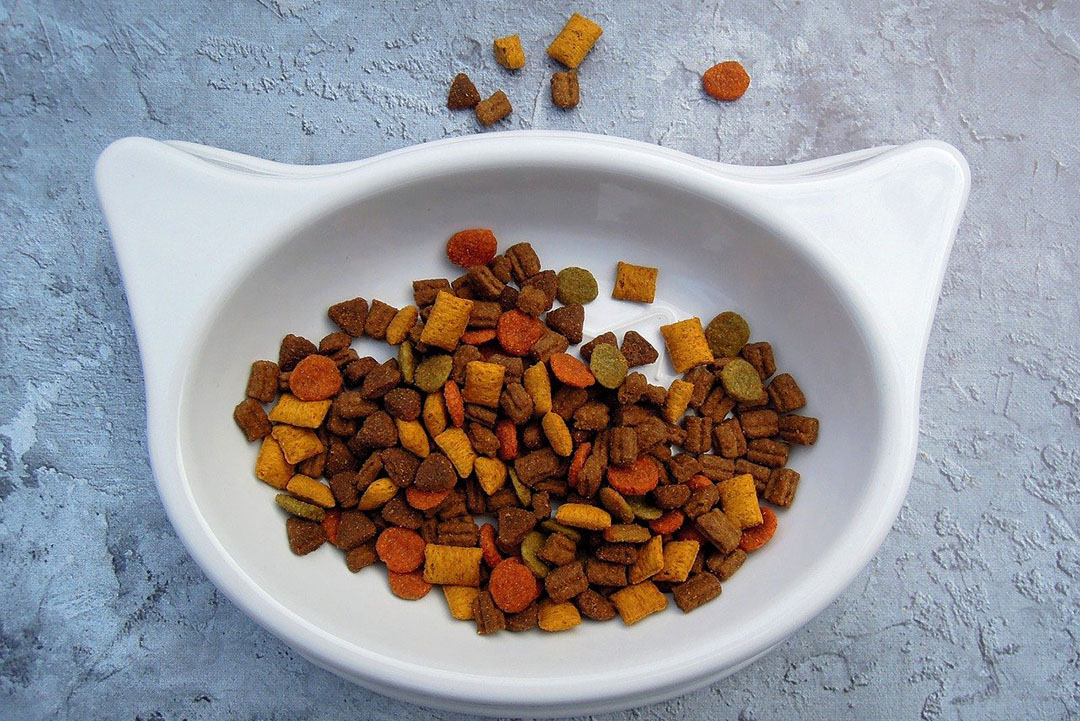Strong demand for petfood in New Zealand

New Zealand exports a large amount of petfood, though there is also a strong import demand. In 2019, petfood imports reached US$?120 million with the US being the number one supplier.
With a population of less than 5 million people, New Zealand is the 7th largest market for US petfood with imports reaching a record level in 2019. The country has a large pet population, and in fact has one of the highest rates of pet ownership in the world with nearly half of all households owning a cat and around one-third owning a dog. Consumers also have high spending power, which makes it an attractive market for petfood. The US remains the number one supplier of petfood to New Zealand, with major competition from Australia.
The top 6 suppliers of petfood to New Zealand in 2019:
- The US – US$ 39 million
- Australia – US$ 36 million
- Canada – US$ 15 million
- France – US$ 11 million
- Thailand – US$ 10 million
- China – US$ 3 million
(Source: Trade Data Monitor)
Exports and imports on the rise
New Zealand has experienced rapid growth in both exports and imports of petfood. Exports have seen particularly strong growth, doubling between 2015 and 2019, reaching US$ 129 million. Petfood exports are supported by the production of a variety of more “exotic” meat products in New Zealand, including venison, possum, rabbit, and lamb. These products are integrated with values such as sustainability, natural prey and natural products.
Total New Zealand Petfood Trade

Source: Trade Data Monitor
Despite strong and growing domestic production of petfoods, and as a result of consumers demanding a wide variety of choices of products for their pets, import demand in New Zealand has also strengthened, growing from US$ 92 million in 2015 and to US$ 120 million in 2019.
 Bringing back the science in petfood
Bringing back the science in petfood
Petfood studies can be quite expensive, but are pivotal to bringing the science back to the conversation before pet owners decide themselves what’s best for their pet. This was stated by Dr Melissa Brookshire.
Current trends in the market have seen exporters shift their product range to a higher end, pouch packet offerings, as well as vegan products, and those that contain perceived natural products.
Some current trends in the market include:
- Organic and natural products, e.g. Preservative-free or antibiotic-free products
- Humanised food, which reflect products available for humans
- Raw or dehydrated foods, e.g. 100% natural ingredients
- Gluten-free and allergen-free products
- Convenient packaging, e.g. single-serve pouches or resealable containers
- Weight management products, e.g. lean meats, including turkey and venison
(Source: Ministry for Business Innovation and Employment)
 Covid-19: Potential impact on the Russian petfood market
Covid-19: Potential impact on the Russian petfood market
Russian customers will have to cut down almost all expenses because of Covid-19 to a greater extent than customers in any other emerging markets of the world. Petfood segment is not an exception.
Impact of Covid-19
Industry sources have reported that during the Covid-19 lockdown in New Zealand, petfood suppliers sold 3 months’ worth of products in just 2 weeks, highlighting the importance of pets and their diet to New Zealand consumers.
The information in this article was extracted from a USDA GAINS report prepared by Brendan Cody and approved by Levin Flake.











